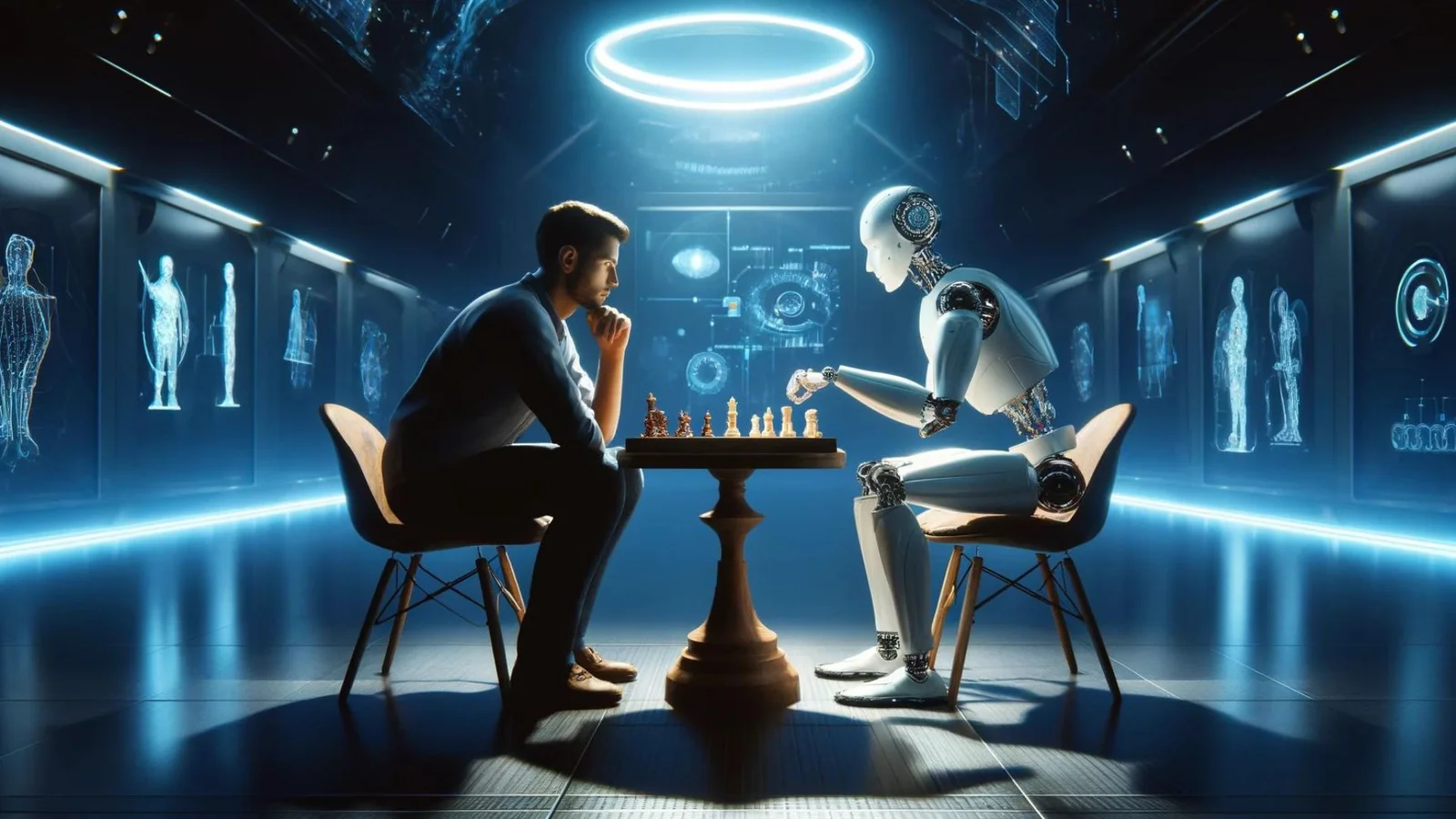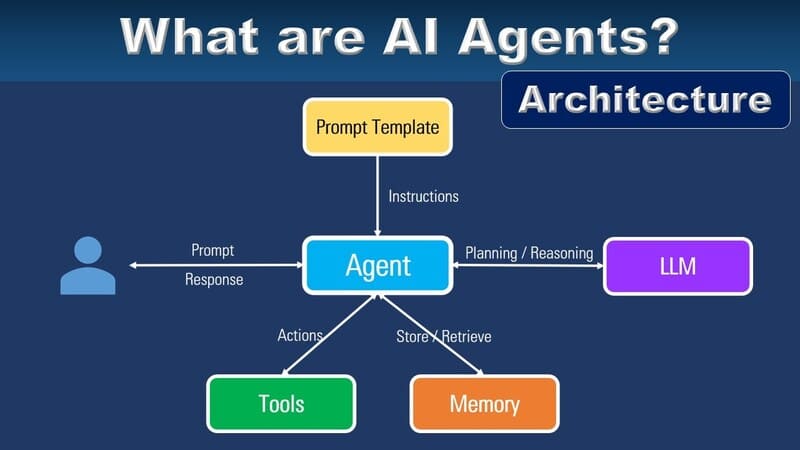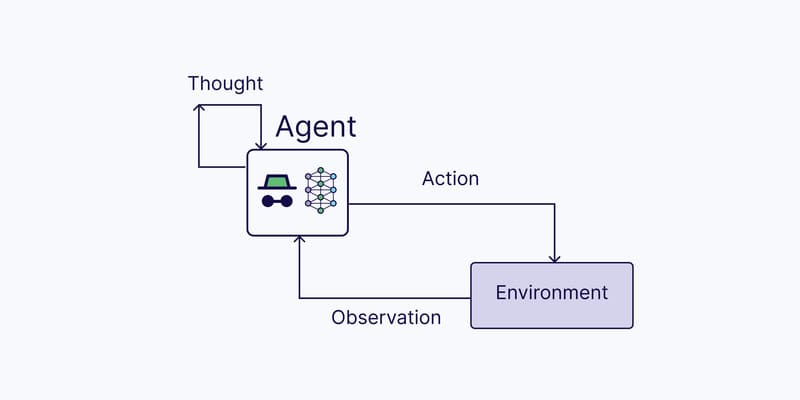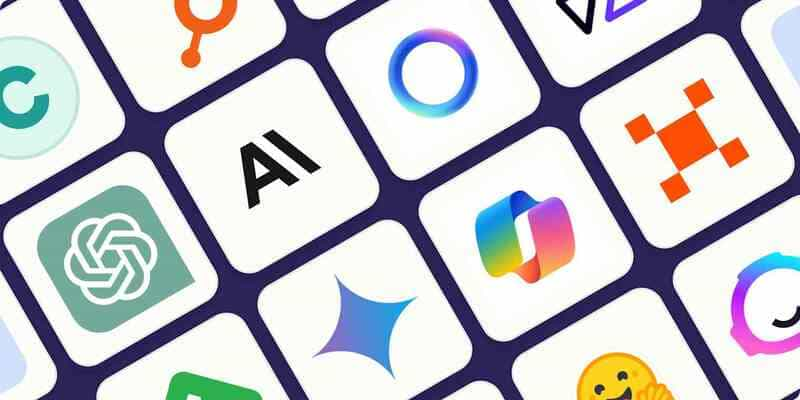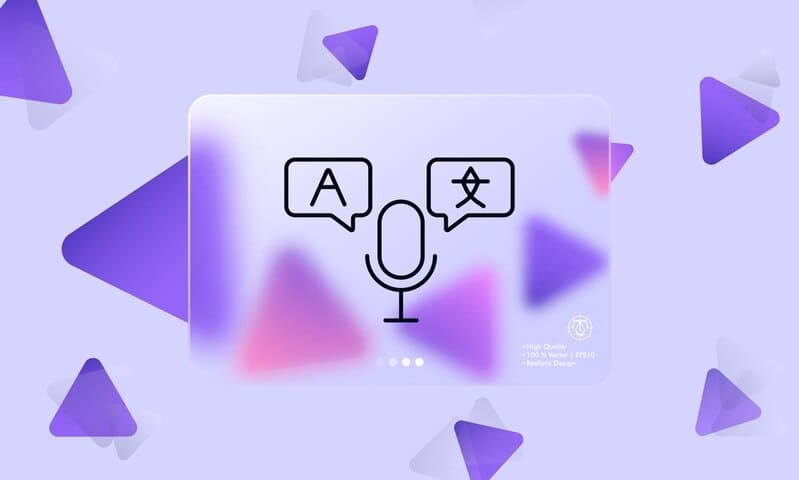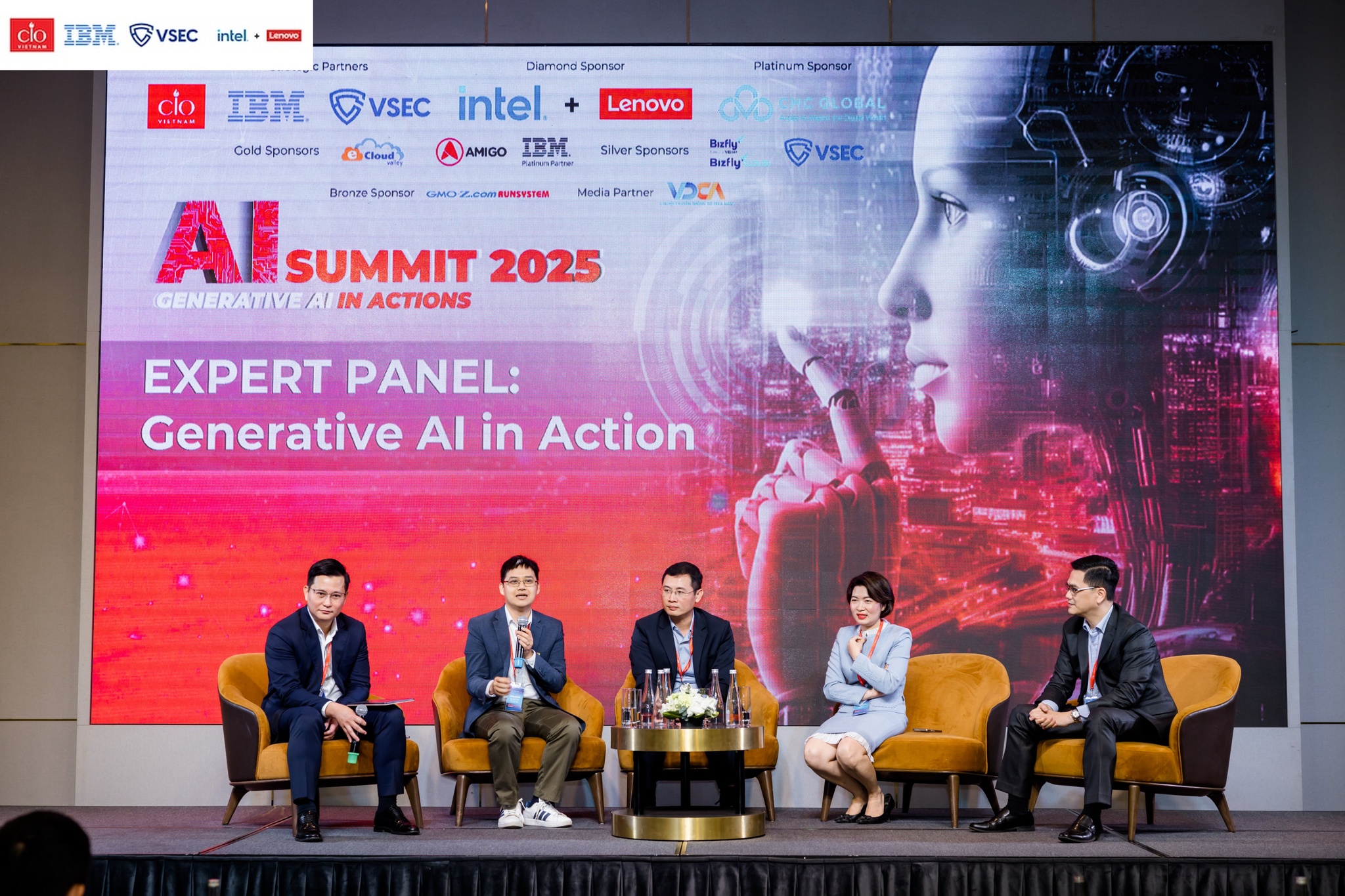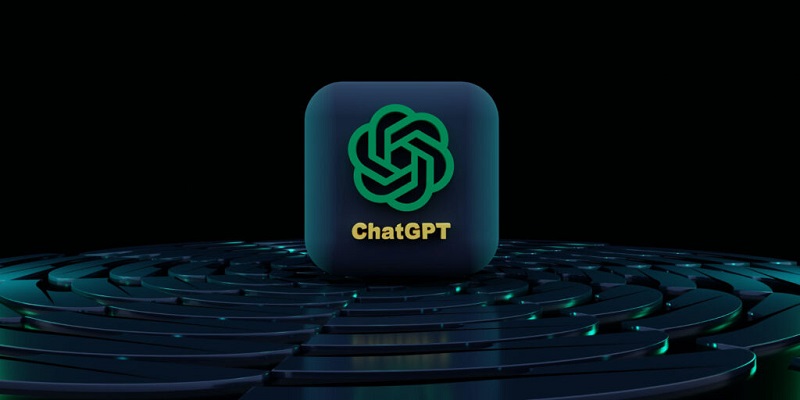In the era of rapid technological development, consumers are no longer unfamiliar with image-creating technologies such as visual effects (VFX) and computer-generated imagery (CGI). Now, a new technology is making waves in the content industry – generative AI. In this article, FPT.AI will help you learn about the core technologies and operating mechanisms of generative AI, thereby helping you discover how to leverage the power of artificial intelligence in image creation.
What is AI image generator?
AI image generator is a technology that uses generative artificial intelligence (Generative AI) to create completely new images from input text. This technology is based on pre-trained artificial neural networks, often using large amounts of image data and accompanying descriptions. When receiving a text description, AI will analyze and create an image based on the characteristics and content learned from the training data.
Image-generating AI models can generate a wide range of creative images, from landscapes, objects to artistic images. With this technology, users can create entirely new images from just a simple description, opening up many possibilities for digital art, content creation, and other image-related fields.
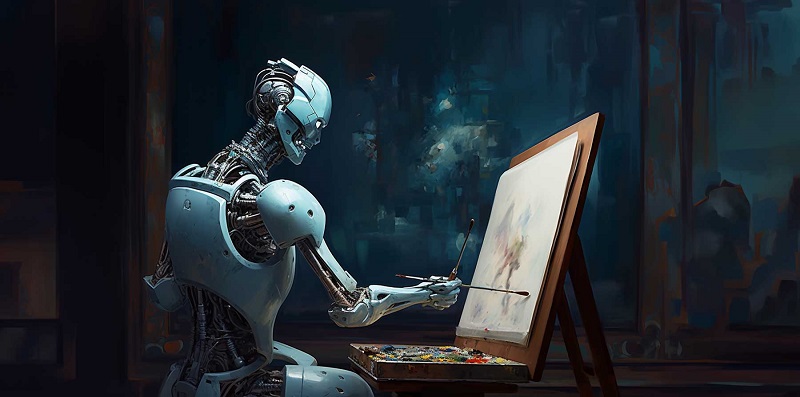
What technologies does AI image generator use?
Image generation is the result of a combination of many advanced technologies in the field of artificial intelligence. Here are four core technologies, each of which plays an important role in generating images from text descriptions:
Natural Language Processing (NLP)
Natural Language Processing (NLP) is a technology that helps AI understand and process input text to create suitable images. NLP models such as Contrastive Language-Image Pre-training (CLIP) encode text into vectors of numbers, with each value in the vector representing an attribute of the text. NLP plays a role in determining the content and key elements that the image should represent, helping AI understand the context and layout of the image.
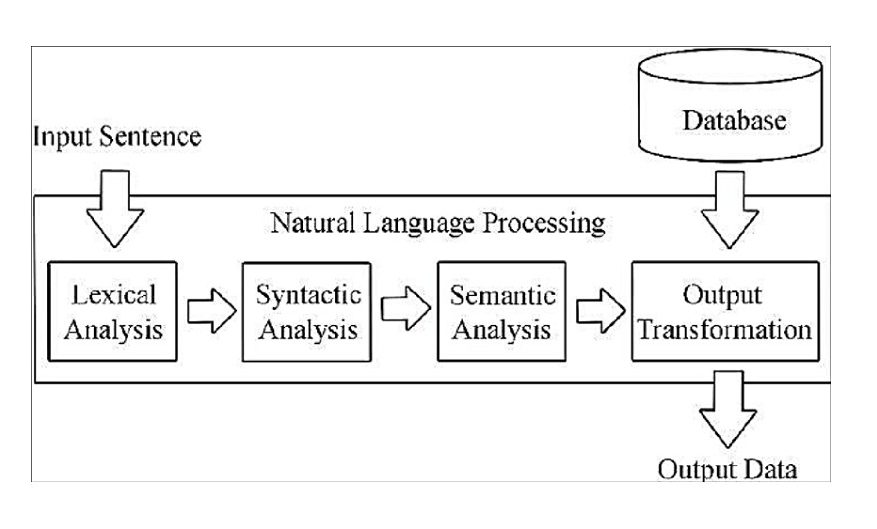
Generative Adversarial Networks (GANs)
GANs are a type of machine learning model that consists of two neural networks that work in opposition to each other: a Generator and a Discriminator. The Generator creates fake images based on the input data, while the Discriminator tries to distinguish between real and fake images.
This process is continuous, with the Generator creating more and more realistic images to fool the Discriminator, and the Discriminator becoming “smarter” at detecting fake images. GANs help create realistic, vivid images, even images that are difficult for humans to distinguish from the original.
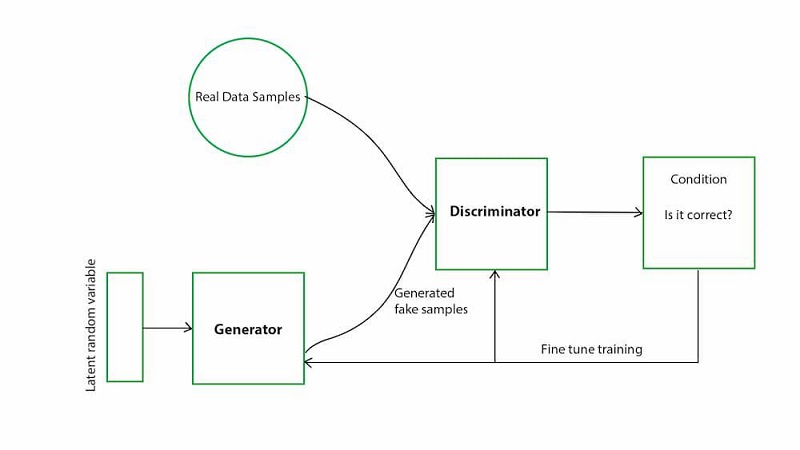
Diffusion Models
A diffusion model is an advanced form of generative model in machine learning that is notable for its ability to generate new data such as images or sounds. It works by adding random noise to the original data in a series of steps, which helps to reconstruct the original data from the noisy state.
The process starts with the model receiving an original image. It then gradually adds Gaussian noise, a common type of random noise. This happens through a Markov chain, where at each step, the data becomes less recognizable than the original image. The model learns to reconstruct the original data from the noisy images.
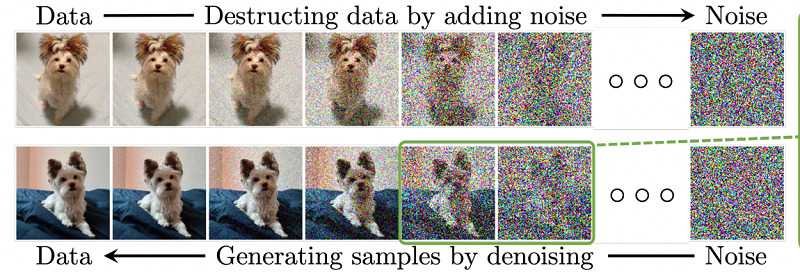
Once the training is complete, the model is able to remove noise and restore the details of the image. As a result, it can create new images that are completely similar to the original image but still provide high detail and uniqueness. This technology has proven to be superior in creating colorful and vivid works of art, highlighting human creativity in the use of artificial intelligence.
Neural Style Transfer – NST
Neural Style Transfer is a prominent technology in the field of deep learning, allowing users to transfer the artistic style from one photo to another easily. This technology uses a trained neural network to separate the content of one image and the style of another image.
This process creates a new image that combines the desired content and the characteristic artistic style. The content image retains the main components of the original photo, while the style image brings in unique textures and patterns.
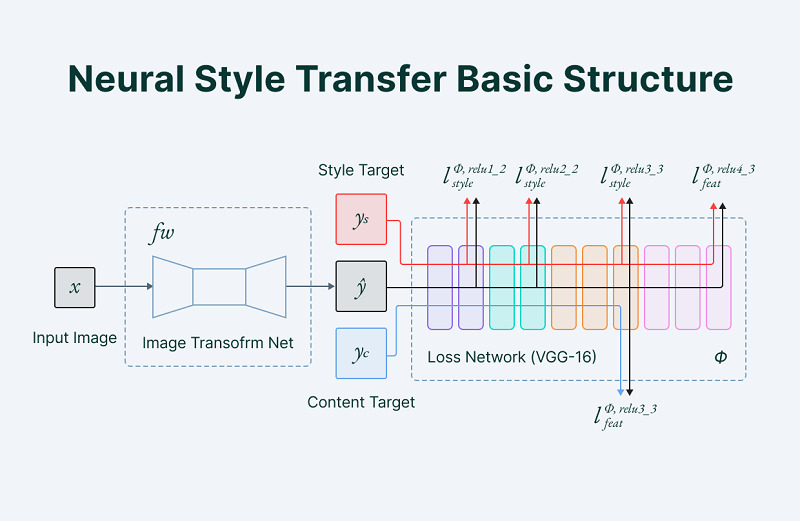
To ensure content and style consistency, NST uses metrics such as content loss to measure content differences and style loss to evaluate style differences between images.
The optimization process will help to minimize the aggregation of these errors, thereby creating a unique work of art. The newly generated image will transform an ordinary photo into a work of art similar to that of famous painters, opening up many creative opportunities for artists and content creators.
How does AI Image Generative Work?
Image Generative AI uses advanced machine learning algorithms, especially Artificial Neural Networks (ANN), to generate new images based on text descriptions. This process begins by training the AI on a large amount of data including millions of pairs of images and accompanying text descriptions.
Through this, AI learns to recognize elements such as color, shape, object, and artistic style, as well as understand the relationships between these elements and how they are depicted in the text. This allows AI to generate images based not only on the description content but also on the requested context and style.
When a user enters a text description, AI uses Natural Language Processing (NLP) technology to convert that text into a numerical representation in the form of a vector. Each value in this vector represents an attribute of the text such as an object, color, or style.
For example, given the description “a yellow dog running in a field”, AI will analyze the components “dog”, “yellow”, and “field”. This helps the image-generating AI determine how to arrange the elements in the image and capture the exact content that the user wants.
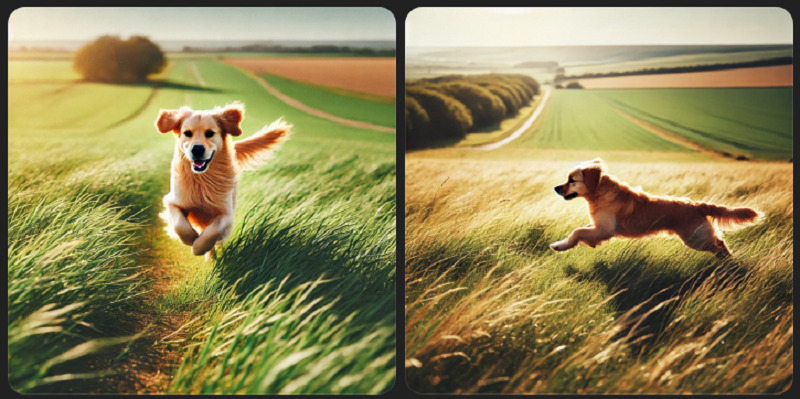
After analyzing the text, the AI begins to generate images from the original signals. One of the common techniques used in this process is Diffusion Models. This model starts by generating an image filled with random noise.
Then, through many editing steps, the AI gradually removes the noise and adds details, making the image clearer and more consistent with the original description. This process is similar to looking at a cloud and imagining the shape of an animal, but the AI is able to continue to refine it to make the image more specific and vivid.
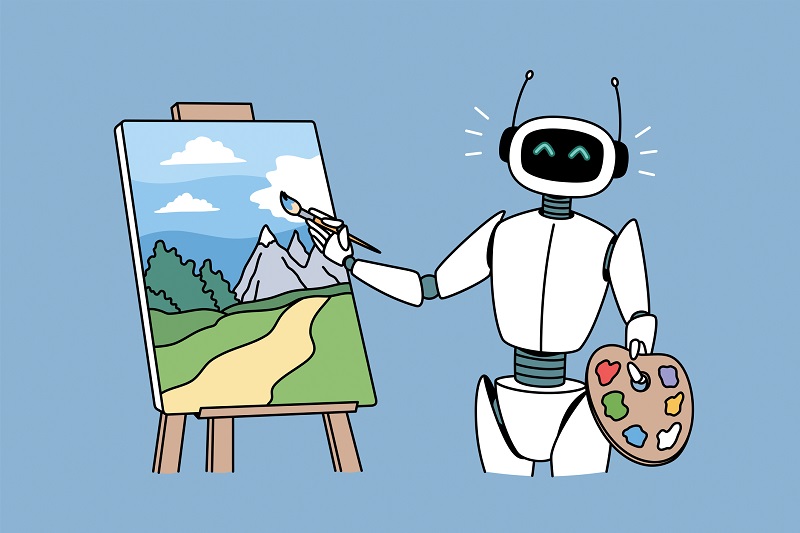
To ensure image quality, the AI also uses Generative Adversarial Networks (GAN) architecture. GANs consist of two neural networks that work in opposition: a Generator that generates images, and a Discriminator that determines whether the image is real or not.
This confrontation process helps the Generator improve its image quality, while the Discriminator continuously “challenges” the Generator’s ability to distinguish between fake and real images. Over many iterations, the generated images become more realistic and sharp, meeting the user’s expectations.
Finally, after going through the optimization and testing process, the AI will create a complete image based on the original text description. This image can reflect any style from realistic, abstract, to artistic, depending on how the AI is trained and the specific requirements from the user.
Thanks to its fast processing capabilities, AI can generate images within seconds, opening up many potential applications in graphic design, advertising, and content creation.
Detailed reviews of TOP 5 best AI image generation tools
Below is a summary and detailed reviews of the top 5 AI image generation tools. Each tool has its own advantages, suitable for different usage needs, from easy image creation, to high-quality images or using commercial-safe images.
| Tool | Description | Key Advantages | How to Access | Price |
Parent Company
|
| DALLE·3 | AI tool for generating images integrated directly into ChatGPT Plus, allowing users to create images during the conversation. | Easy to use | ChatGPT Plus, Enterprise; Bing AI Copilot; API | Free for 2 images/day; $20/month with ChatGPT Plus | OpenAI |
| Midjourney | Top choice for those who want sharp, high-quality images with great colors and textures. | High-quality results | Discord, web app | From $10/month for ~200 images/month and commercial use | Midjourney |
| Adobe Firefly | AI image generation tool for professional designers, integrating AI tools into photo editing software to support rapid image development. | AI integration into real photos | Adobe.com, Photoshop, Express | Free 25 credits/month; from $4.99/month for 100 credits | Adobe |
| Generative AI by Getty | Generative AI by Getty provides copyright-compliant images, integrated with iStock and uses NVIDIA Picasso technology. | Safe for commercial use, avoids legal risks | iStock | From $14.99 for 100 image generations |
Getty (using NVIDIA Picasso)
|
| Stable Diffusion | An open-source AI tool providing high customization and control, allowing users to fine-tune as desired. | High customization and control | NightCafe, Tensor.Art, Civitai, or download and edit on a private server | Depends on platform | Stability AI |
Image generation AI has been opening up endless potential for the creative field, from graphic design, art to marketing campaigns. FPT.AI hopes that this article has provided you with a deeper insight into how this new generation of AI works and the core technology for quick application in practice.






